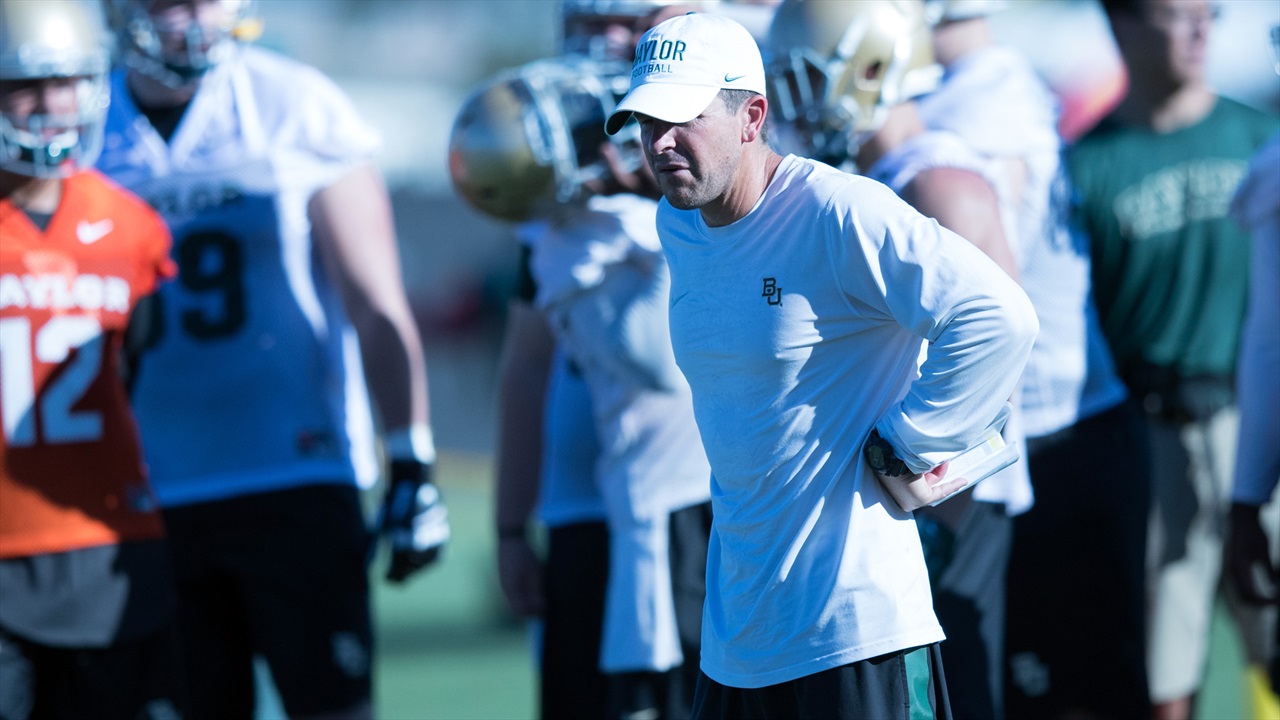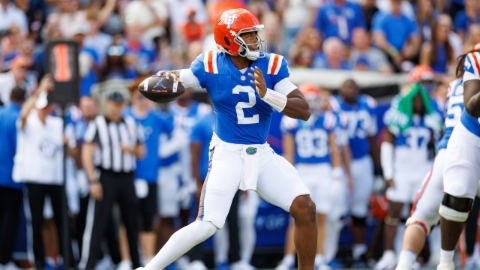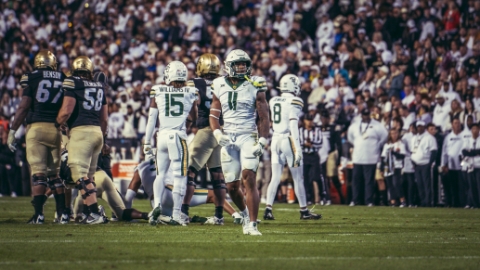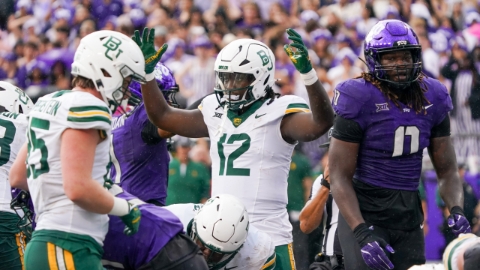Matt Rhule has shown he isn't stubborn when it comes to adjusting the way things are done on the field to make sure his team has what it takes to win. That's a fortunate thing for Baylor fans who have been cautious about what exactly the offense will look like in Waco this fall and for the foreseeable future.
Who would want to forget arguably the most innovative offense in the new millennium because of pride or ego? That would be quite the foolish thing to do.
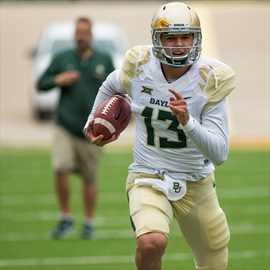 Todd Nickle Zach Smith (2016) was the final quarterback signed by Baylor's previous staff.
Todd Nickle Zach Smith (2016) was the final quarterback signed by Baylor's previous staff.
Baylor offensive coordinator Glenn Thomas recently "spilled the beans" when it came to Baylor possibly keeping some of the previous offense intact when discussing Baylor sophomore quarterback Zach Smith.
Smith, who spent a spring, summer and fall at Baylor under the previous offensive scheme, has been able to share insights on the of the offense for potential use in the coming years.
“We’ve probably leaned on him a little bit, like, hey, how did you guys do this in the years past?" Thomas said. "Obviously there’s been a lot of success in that way so we’ve leaned on him like, hey, what did you see here? What was your progression? What was the corner — what was the receiver reading here? So we’ve leaned on him in that way."
In college programs around the country, offensive coordinators use the simple understanding of the Art Briles' offense: take what is given. The breakneck pace which Briles' used was unique and the packages with receivers outside the numbers on both sides weren't easy to replicate. But, despite how "simple" those aspects were on paper, actually stopping the offense was a lot tougher.
"First and foremost you’re going to get what the defense takes — what they’re giving you," Thomas said. "That’s what you want to do. I think we’re multiple enough that we can be big if we need to, but we’re athletic enough obviously with the personnel that we have that we can spread people out and create some space."
Outside of Smith, Baylor has the talent on the offensive line receivers as well as the skill position to spread the ball all around the field. That's the personnel that Thomas is referencing, something that other programs don't always have when trying to implement the system.
But it's not just that. It's that same personnel with multiple years of experience in an offensive scheme that was considered the best offense in the country dating back to Robert Griffin III's Heisman winning campaign in 2011.
Why not take advantage of it even if it's only for one or two or three drives per game?
“I think we have the functionality and capability of doing both.
